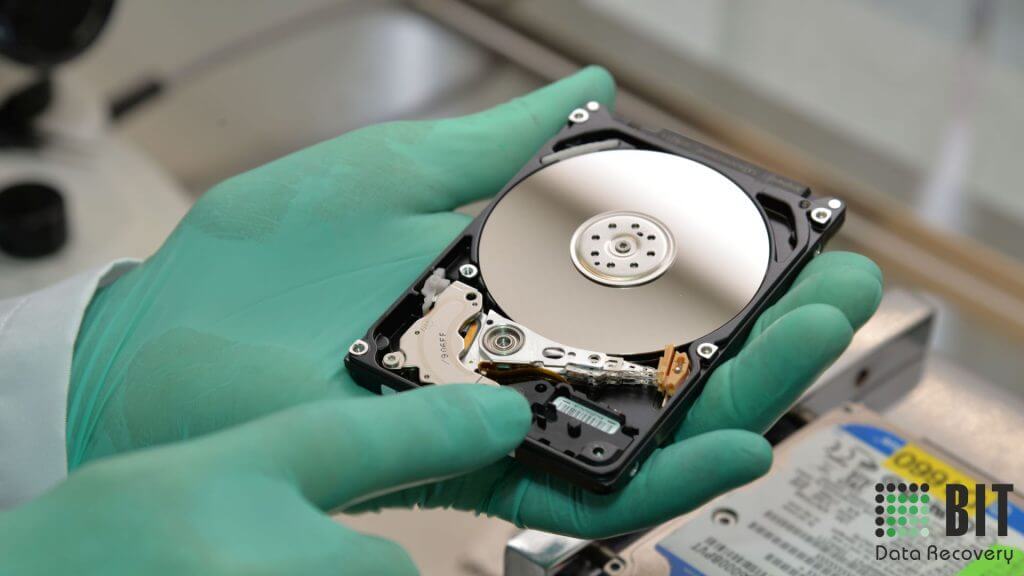Raid Data Storage and Raid Data Recovery

RAID without BACKUP = Risk of data loss
Many IT specialists do RAID configurations and consider having BACKUP. RAID configurations do not provide BACKUP but they do provide REDUNDANCE , if a hard drive breaks data is still accessible. The REDUNDANCE protects you against the failure of an HDD in RAID 1 and RAID 5 .
Normally any RAID must be accompanied by a backup procedure and then the efficiency of a server is complete. In other words, the contents of the raid matrix must be duplicated on another storage medium.
If you have problems with a RAID and you want to recover the data, you will have to consult the specialists in raid data recovery because you risk losing your data permanently if you perform improper operations.
Data storage in RAID is the most efficient solution for storing large volumes of data
As the volume of data used daily increases, computer users are constantly looking for solutions for storing them. Thus, hard disk drives have now reached significant dimensions, which were difficult to imagine about ten years ago. A hard disk can now easily store 2.4 or even 8 TB of data, while, years ago, it only measures a few hundred GB. However, in the case of companies that manage a large amount of data, storing them for long periods has become a problem. Even server-type units are no longer a solution, as they are very expensive and expensive to maintain.
Hard drives are no longer enough
Another handy solution would be storing or transferring data to external hard drives. These have become more accessible today than in the past, but they have a number of shortcomings. First, their handling is difficult, being extremely sensitive to shocks.
Therefore, placing in an inappropriate position to fall on hard surfaces can irretrievably affect the data contained. Also, their transport is problematic, as long as they are still quite bulky and heavy, the risks of transport in the bag or in the backpack being some to measure. For this reason, we say that external hard drives are not the most suitable solution to keep our valuable data for long periods.
The appearance of RAID systems, a possible solution
Considering that simple hard disk have become irrelevant, RAID systems have appeared on the market, operating on an extremely ingenious principle. Basically, they represent a system of hard disks mounted on the same computer unit. It seems that all our data is kept in one place, but the system works as a set of hard drives in series, so that the data on each of the drives can be accessed almost instantly. Also in the case of certain raid systems, the file transfer is a very fast one, in the order of the seconds, being like moving data from one partition to another of a computer.
Agreed by companies
It is no wonder that RAID systems are preferred by companies when it comes to data storage. We must know, however, that the maintenance of these systems is sensitive and sometimes costly. For now, they have quite high costs, so, no matter how tempting they may be, they are not for home users. However, for companies that manage a large amount of information, investing in a RAID system can prove profitable in the future.
RAID Data Recovery
The most common cases of corrupted raid systems are those configured in RAID 0 or RAID 5. Here are some of the common cases:
- the server was configured with 3 hard drives in RAID 5 and two hard drives were damaged due to a voltage fluctuation
- the controller no longer recognizes the RAID or the hard drives ; in the case of a matrix reconstruction on the same controller is a every high chance of losing the data.
- The RAID controller no longer works and the data must be recovered from a RAID 0, 5 or 6
- The RAID appears corrupted or degraded and the controller no longer applies any Rebuild function
- RAID 0 has been configured and one of the hard disks fails and the faulty hard drive must be recovered; the matrix must be rebuilt in order to recover the data.
- set up RAID 1 and accidentally formatted a partition and the data was obviously deleted from both hard disks
- NAS (Network-attached storage) or SAN (Storage Area Network) equipment that no longer has access to data volume
- RAID volumes used on the server via iSCSI and which are no longer accessible
- the data have been viruses
Unfortunately, as I detailed above, RAID systems are not completely risk-free, so data recovery becomes a priority if you are dealing with one of the situations presented above.
When you can no longer access the data from the raid system, it is advisable to call data recovery specialists who can help you to recover your data. Wrong operations by unauthorized persons can make you unable to recover the data later.


